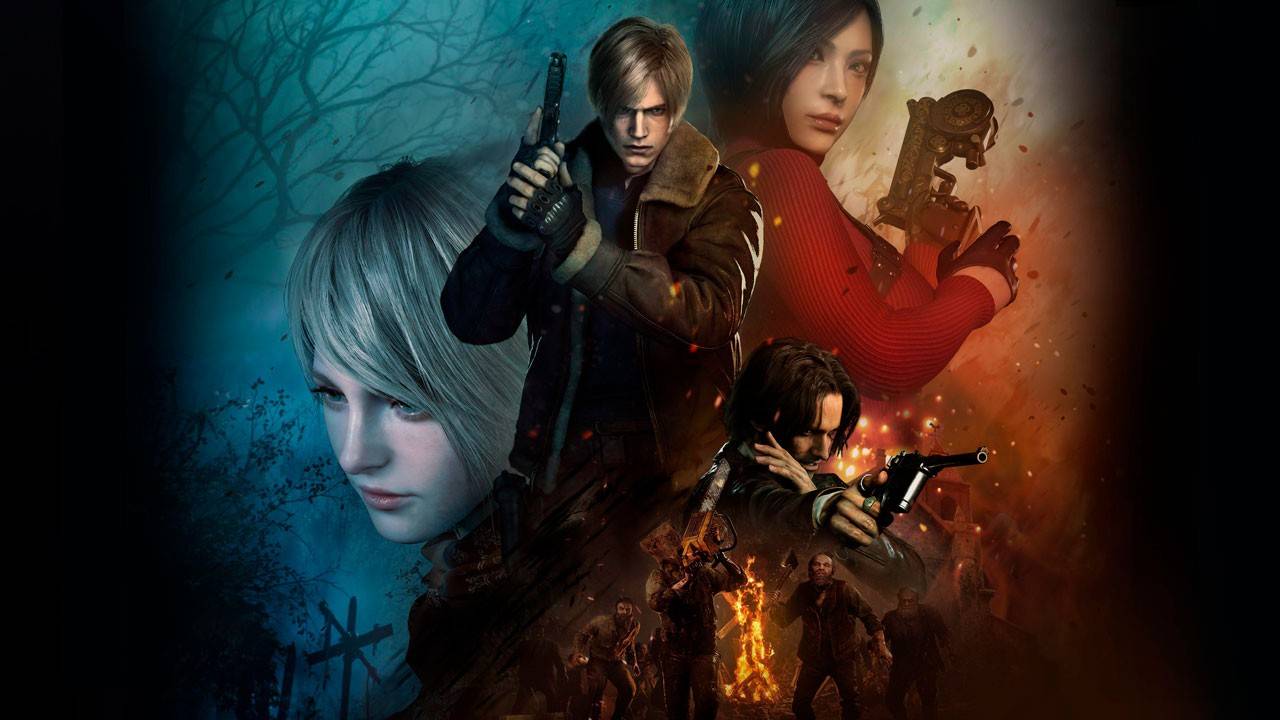
Yasuhiro Anpo, the director behind the remakes of Resident Evil 2 and Resident Evil 4, shared insights into the decision-making process that led to the revival of the beloved 1998 classic. According to Anpo, the decision to update Resident Evil 2 stemmed from overwhelming fan demand to bring the game back to its former glory. As Anpo stated, "We realized: people really want this to happen." This sentiment was echoed by producer Hirabayashi, who simply responded, "Alright, we'll do it."
Initially, the team contemplated starting with Resident Evil 4. However, after thorough discussions, they recognized that RE4 was already highly acclaimed and nearly perfect in its original form. Making significant changes posed a risk, so they shifted their focus to an older installment in need of a modern update. In their quest to understand player expectations, the developers also examined fan projects.
Despite Capcom's internal deliberations, doubts persisted even among fans after the releases of the Resident Evil 2 and Resident Evil 3 remakes, and the announcement of the next one. Many argued that Resident Evil 4, unlike its predecessors, did not require as much of an update. While Resident Evil 2 and Resident Evil 3, released in the 1990s for the original PlayStation, featured outdated elements such as fixed camera angles and cumbersome controls, RE4 had revolutionized the genre back in 2005. Despite initial skepticism, the Resident Evil 4 remake successfully maintained the essence of the original while enhancing gameplay and narrative elements.
The commercial success and glowing reviews of the remakes validated Capcom's approach. They demonstrated that even a game considered nearly flawless could be respectfully reimagined with a creative touch, reaffirming the studio's decision to revisit these iconic titles.
 Home
Home  Navigation
Navigation






 Latest Articles
Latest Articles

 Latest Games
Latest Games